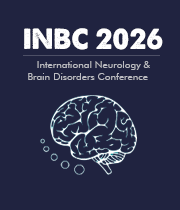HYBRID EVENT: You can participate in person at Boston, Massachusetts, USA or Virtually from your home or work.
INBC 2026
Will be updated soon......
Will be updated soon......
Will be updated soon......



